Running, especially long-distance running such as marathons, places significant stress on the body. Pain, soreness, and muscle fatigue are common after intense runs, and proper recovery is essential to avoid injury and maintain performance. To relieve running pains, runners typically use a combination of rest, active recovery, stretching, hydration, nutrition, and therapeutic techniques like ice therapy and massage. The goal is to manage inflammation, promote circulation, and support the body’s natural healing processes.
Apply Ice/Gel Pack As Soon As Possible
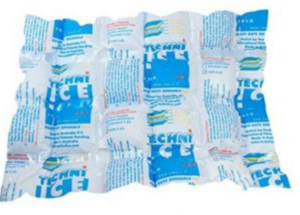 Immediately after a long run or race, one of the most effective ways to reduce muscle soreness and inflammation is the application of ice or cold therapy. Gel packs are particularly popular because they are reusable, conform to the shape of the body, and provide targeted relief. Runners often apply gel packs to areas with the most soreness—commonly the knees, calves, quads, hamstrings, and ankles. Ice therapy works by constricting blood vessels, which reduces swelling and numbs pain. For best results, gel packs should be applied for 15–20 minutes at a time, with a barrier like a towel to protect the skin from frostbite. Many elite runners use gel packs in conjunction with other cryotherapy methods, such as ice baths, especially in the first few hours post-race.
Immediately after a long run or race, one of the most effective ways to reduce muscle soreness and inflammation is the application of ice or cold therapy. Gel packs are particularly popular because they are reusable, conform to the shape of the body, and provide targeted relief. Runners often apply gel packs to areas with the most soreness—commonly the knees, calves, quads, hamstrings, and ankles. Ice therapy works by constricting blood vessels, which reduces swelling and numbs pain. For best results, gel packs should be applied for 15–20 minutes at a time, with a barrier like a towel to protect the skin from frostbite. Many elite runners use gel packs in conjunction with other cryotherapy methods, such as ice baths, especially in the first few hours post-race.
Beyond icing, active recovery plays a major role in long-distance runner rehabilitation. Gentle movement like walking, light cycling, or swimming helps flush out lactic acid and increases circulation without overloading fatigued muscles. This kind of low-impact activity can speed up recovery and reduce the duration of muscle stiffness. Additionally, stretching and foam rolling are crucial for maintaining flexibility and reducing muscle tension. Dynamic stretching before runs and static stretching after can help prevent tightness from building up in the hips, hamstrings, and calves.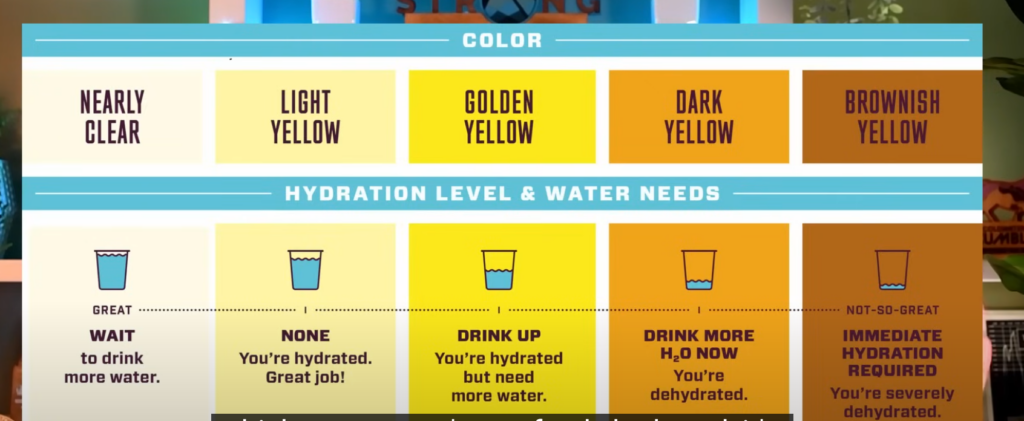
Hydration & Nutrition Recovery
Hydration and nutrition are also key components of recovery. Long-distance running depletes the body of fluids, electrolytes, and glycogen. Rehydrating with water and electrolyte-rich beverages, and replenishing energy stores with a balanced meal high in carbohydrates and protein, supports muscle repair and reduces fatigue. Some runners also use anti-inflammatory foods like berries, turmeric, ginger, and leafy greens to naturally combat inflammation.
Rest Is Equally Important
Rest is equally important. Quality sleep is when most muscle repair and recovery occurs, so runners are encouraged to prioritize sleep in the days following a marathon. Compression garments are another tool some athletes use to aid circulation and reduce swelling in the legs during recovery. Massage therapy—whether professional or self-administered using massage guns or foam rollers—can also help by loosening tight muscles and stimulating blood flow.
Relieving running pains and recovering from long races requires a well-rounded approach. Gel packs are a convenient and effective tool for managing acute pain and swelling after long runs. However, lasting recovery involves a combination of cold therapy, active movement, proper nutrition, hydration, stretching, rest, and sometimes massage. By incorporating these practices, runners can support their bodies, reduce the risk of injury, and bounce back stronger for future training and races.
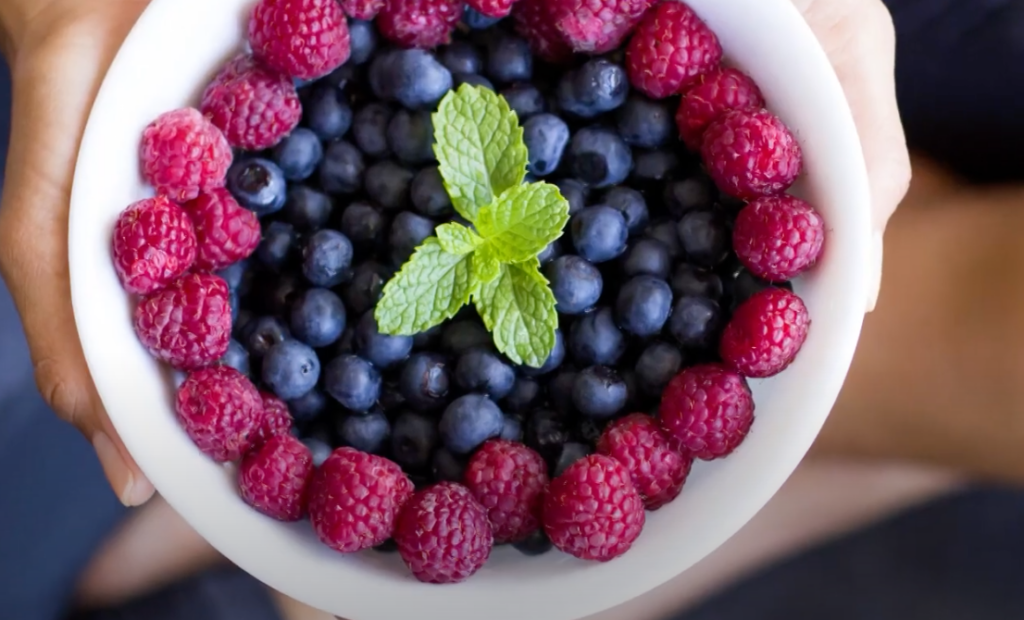
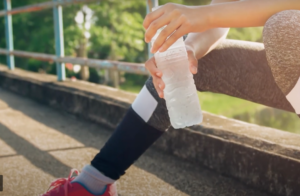 In addition to macronutrients, runners should focus on hydration and micronutrients, including vitamins and minerals. Proper hydration is critical, especially during long runs, as dehydration can lead to fatigue, muscle cramps, and poor performance. Electrolytes, such as sodium, potassium, and magnesium, should also be replenished after long runs or races to avoid muscle cramps and to support fluid balance. Foods rich in electrolytes include bananas, spinach, potatoes, and coconut water.
In addition to macronutrients, runners should focus on hydration and micronutrients, including vitamins and minerals. Proper hydration is critical, especially during long runs, as dehydration can lead to fatigue, muscle cramps, and poor performance. Electrolytes, such as sodium, potassium, and magnesium, should also be replenished after long runs or races to avoid muscle cramps and to support fluid balance. Foods rich in electrolytes include bananas, spinach, potatoes, and coconut water.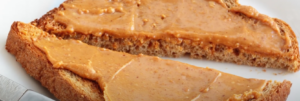 Sugar, in particular, is an important consideration for runners. While quick-digesting sugars (like those found in sports drinks or gels) can provide immediate energy during a race or intense workout, a sugar addiction can be detrimental to a runner’s overall health. If a runner finds themselves craving sugary snacks regularly, it could signal an imbalance in their diet, affecting energy levels, mood, and performance. A
Sugar, in particular, is an important consideration for runners. While quick-digesting sugars (like those found in sports drinks or gels) can provide immediate energy during a race or intense workout, a sugar addiction can be detrimental to a runner’s overall health. If a runner finds themselves craving sugary snacks regularly, it could signal an imbalance in their diet, affecting energy levels, mood, and performance. A 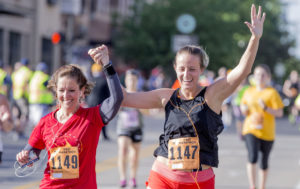 The Michiana Marathon is perhaps a favorite event for a variety of marathon participants. It is an event that takes place in the early morning hours and offers runners a lot of surprises along its path. Some of the most exciting is the Elvis impersonator that is waiting to high-five participants and there are also Djs, various bands, a few cheerleaders to cheer you on, and a rifle twirling group to entertain those who are there, but not participating. These entertainers are scattered around randomly along the zig-zagging downtown area where the runners spend most of their time. Do you know the other reasons that the Michiana Marathon is a popular event for marathoners?
The Michiana Marathon is perhaps a favorite event for a variety of marathon participants. It is an event that takes place in the early morning hours and offers runners a lot of surprises along its path. Some of the most exciting is the Elvis impersonator that is waiting to high-five participants and there are also Djs, various bands, a few cheerleaders to cheer you on, and a rifle twirling group to entertain those who are there, but not participating. These entertainers are scattered around randomly along the zig-zagging downtown area where the runners spend most of their time. Do you know the other reasons that the Michiana Marathon is a popular event for marathoners? These festivities begin before sunrise at this marathon. Even where the participants go to get their race bib, the air sizzles with the excitement of an average 45,000 entrants and 1.7 million spectators who are there to enjoy the action. There are free snacks available before the race start and booths to walk through. There is even a movie which is a fast forward through past marathon races that have taken place. It is one of the few marathons that brings people together from all areas of the world. At past events, there have been an average of 140 different countries coming together during the weekend of the event. This also means that motels and local businesses all get their fair share of business as families await race start.
These festivities begin before sunrise at this marathon. Even where the participants go to get their race bib, the air sizzles with the excitement of an average 45,000 entrants and 1.7 million spectators who are there to enjoy the action. There are free snacks available before the race start and booths to walk through. There is even a movie which is a fast forward through past marathon races that have taken place. It is one of the few marathons that brings people together from all areas of the world. At past events, there have been an average of 140 different countries coming together during the weekend of the event. This also means that motels and local businesses all get their fair share of business as families await race start. There are numerous marathon events in the area if you are looking for a place to have a good time running. There is even a children’s marathon for the kids who want to participate in something great. There are points awarded to participants of all ages because it is a great way to increase the race participation in all the races. If you are able to come in within the top ten, you will receive between 30-100 points for your efforts. If you attend a certain number of events, you will be rewarded with points. At the end of the season, awards will be handed out to the top participants who were most active during the season and those who ran the hardest.
There are numerous marathon events in the area if you are looking for a place to have a good time running. There is even a children’s marathon for the kids who want to participate in something great. There are points awarded to participants of all ages because it is a great way to increase the race participation in all the races. If you are able to come in within the top ten, you will receive between 30-100 points for your efforts. If you attend a certain number of events, you will be rewarded with points. At the end of the season, awards will be handed out to the top participants who were most active during the season and those who ran the hardest.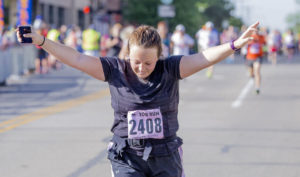 Logan’s Run is a huge success every year. It is a race that is typically held in early august when the temperatures are pleasantly cool. You can choose to participate in the 5k or the 10k race. Both events usually bring in a lot of participants. However, only a few people can take home a win and they deserve a lot of credit for their efforts. Therefore, we are posting the Logan’s Race Circuit race results here.
Logan’s Run is a huge success every year. It is a race that is typically held in early august when the temperatures are pleasantly cool. You can choose to participate in the 5k or the 10k race. Both events usually bring in a lot of participants. However, only a few people can take home a win and they deserve a lot of credit for their efforts. Therefore, we are posting the Logan’s Race Circuit race results here.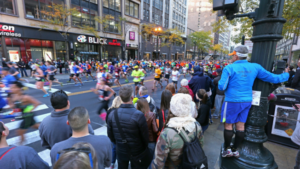 Last August, Justin Kowalski, 31, took home the win of the 5k run. His time was 16:38.8 minutes. Approximately 50 seconds behind him was Nathan Jones, 40 and Chris White, 43. The second and third place winners were separated by only 17 seconds, which made it a very exciting race to watch.
Last August, Justin Kowalski, 31, took home the win of the 5k run. His time was 16:38.8 minutes. Approximately 50 seconds behind him was Nathan Jones, 40 and Chris White, 43. The second and third place winners were separated by only 17 seconds, which made it a very exciting race to watch. Trisha Nelson, 26, was the big winner of the 5k race with a time of 18:51.87 minutes. Soon after, Kristina Krasich, 28 came in second and she was followed by Colleen Dabler, 43. The third-place finish was taken within 20:00.42 minutes making it a relatively close race for the first three ladies.
Trisha Nelson, 26, was the big winner of the 5k race with a time of 18:51.87 minutes. Soon after, Kristina Krasich, 28 came in second and she was followed by Colleen Dabler, 43. The third-place finish was taken within 20:00.42 minutes making it a relatively close race for the first three ladies.